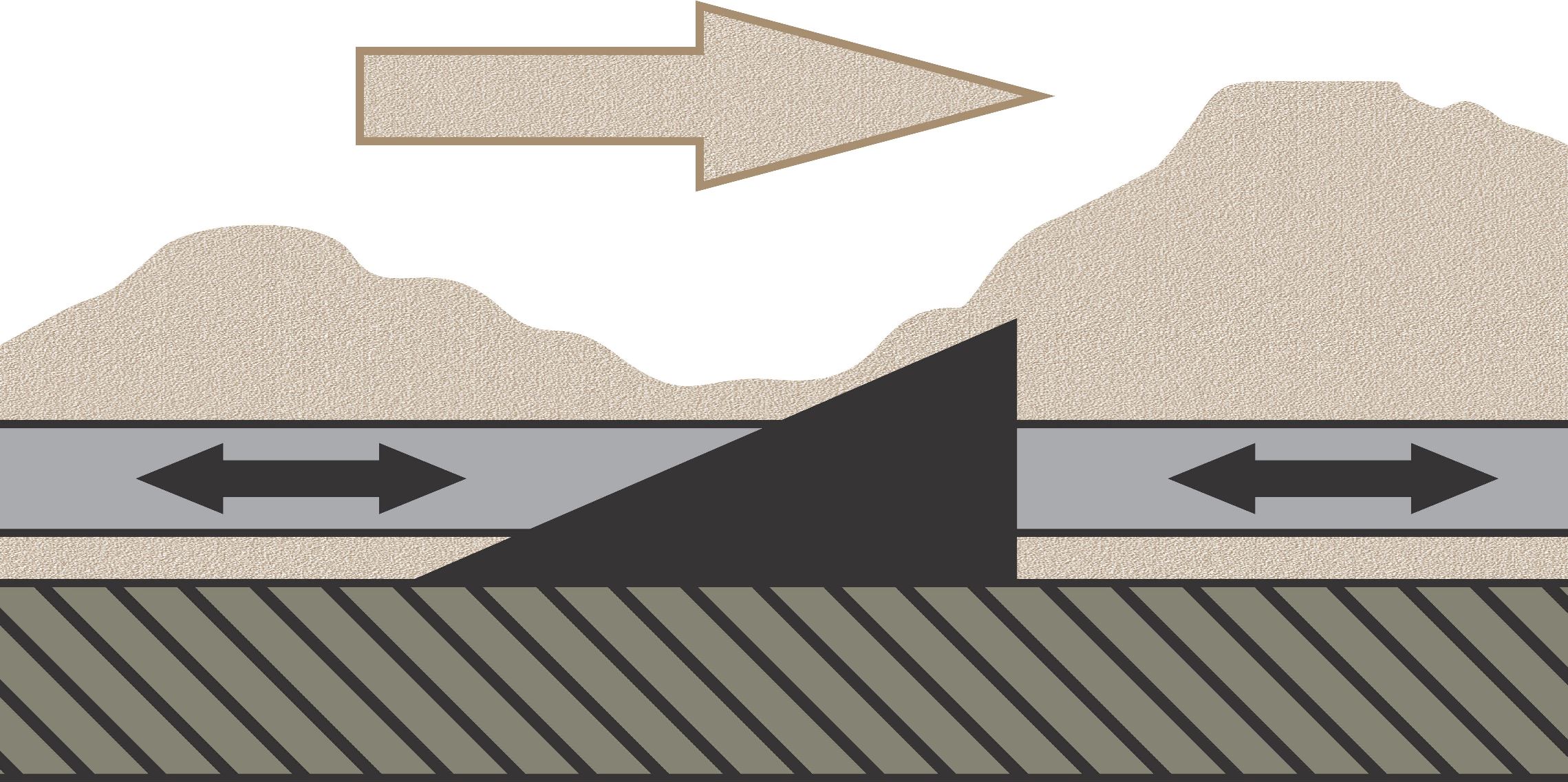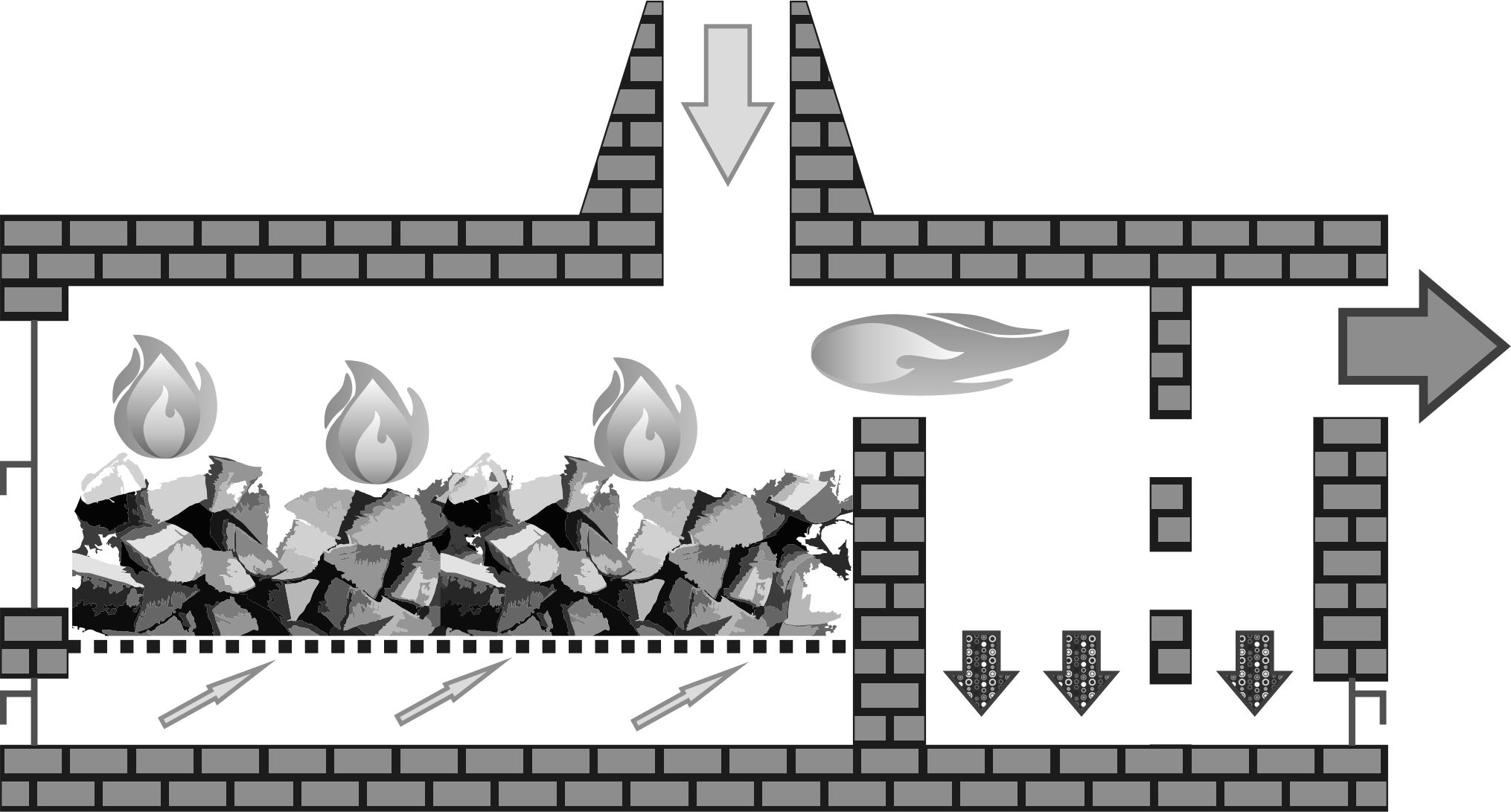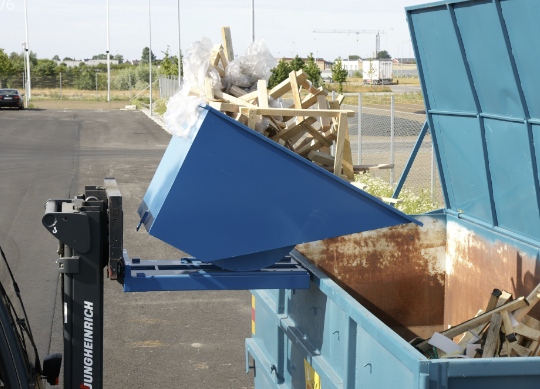When planning a pellet production facility, most stakeholders envision an idealized scenario where clean, fresh sawdust is compressed into pellets and sales are followed by counting profits. This scenario indeed happened as the biofuel trend spread across the country. Wood chips from some woodworking plants went to pulp producers, off-cuts were used as firewood, shavings were used as bedding in farms, but sawdust was a problematic material that was easily turned into pellets. In practice, however, most facilities have relatively little mono-material, meaning just sawdust or only shavings alone are insufficient for profitable operation. Furthermore, often different types of waste are dumped into a common pile that quickly becomes mixed with extraneous trash, as the storage area is perceived as a regular dump site.
Not all issues can be foreseen, but there is a list of common problems in processing wood raw materials for which various solutions have long been developed. The feasibility of applying these solutions greatly depends on the logistics of the raw materials at the facility, the region where it is located, and the technological characteristics of the sawmill. It is challenging to categorize these methods strictly as preventive or reactive, so they are discussed in a non-sequential manner, each with its advantages and drawbacks.






